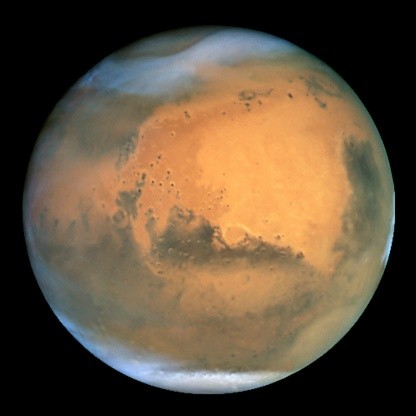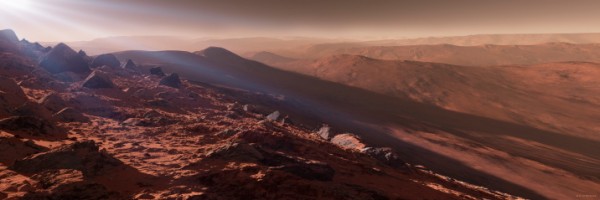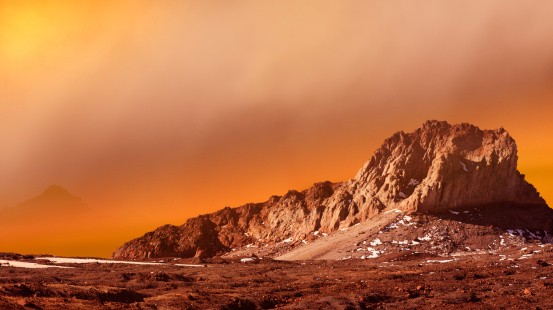




Humans have always been fascinated with news about aliens especially Mars inhabitants. NASA is tirelessly monitoring any signs of life form in the Red Planet but scientists concluded that it might have overlooked some proof of the past early forms of life that dwelled in the outer space.
In 2007, the Spirit rover was able to capture images of rocky ridges and regoliths made of opaline silica in the Gusev crater which could have contained biosignatures pertaining to tracks of past or present life. This new study was released in Nature Communications.
Fossils on Earth of different sorts from the tiniest plant cells to the largest dinosaurs are some of the examples of biosignatures of previous lives. Some take place in less recognizable forms which include organic molecules left wedged in rocks and packed in mats of microbes called stromatolites. These are considered the earliest forms of life on Earth and are found mainly in Western Australia as well as in El Tatio in Chile, Express reported.
Stromatolites found at El Tatio has the same conditions with the stromatolites found on Mars which are formed by hot springs which happen to be similar with the images taken by the Spirit rover in the crater of Mars.
According to The Telegraph, the team preferred to study El Tatio due to the similarity of its condition with Mars. Its location of 14,000 feet above sea level even in summer temperatures, often plummet below freezing at night. However, during the day, large amounts of ultraviolet light from the Sun pierce through the thin, dry air.
Experts from the Arizona State University, Jack Farmer, and Steven Ruff looked at the Spirit rover's visit to a plateau of layered rocks situated in the Columbia Hills' crater area called the Home Plate. The place is an archaic place of eroded volcanic ash believed to still have an active hot spring where silica ridges formed including the finger-like deposits which the Spirit rover has photographed.
"We went to El Tatio looking for comparisons with the feature found by Spirit at Home Plate," said Dr. Steve Ruff, of the school of Earth and Space Exploration at Arizona.
Mars is believed to be the best possibility of discovering the indication of extra-terrestrial life since it had once an atmosphere and running water. The hope of finding life was also brought up in December 2014 when unusual methane burps were recorded by NASA's rover, Curiosity.



